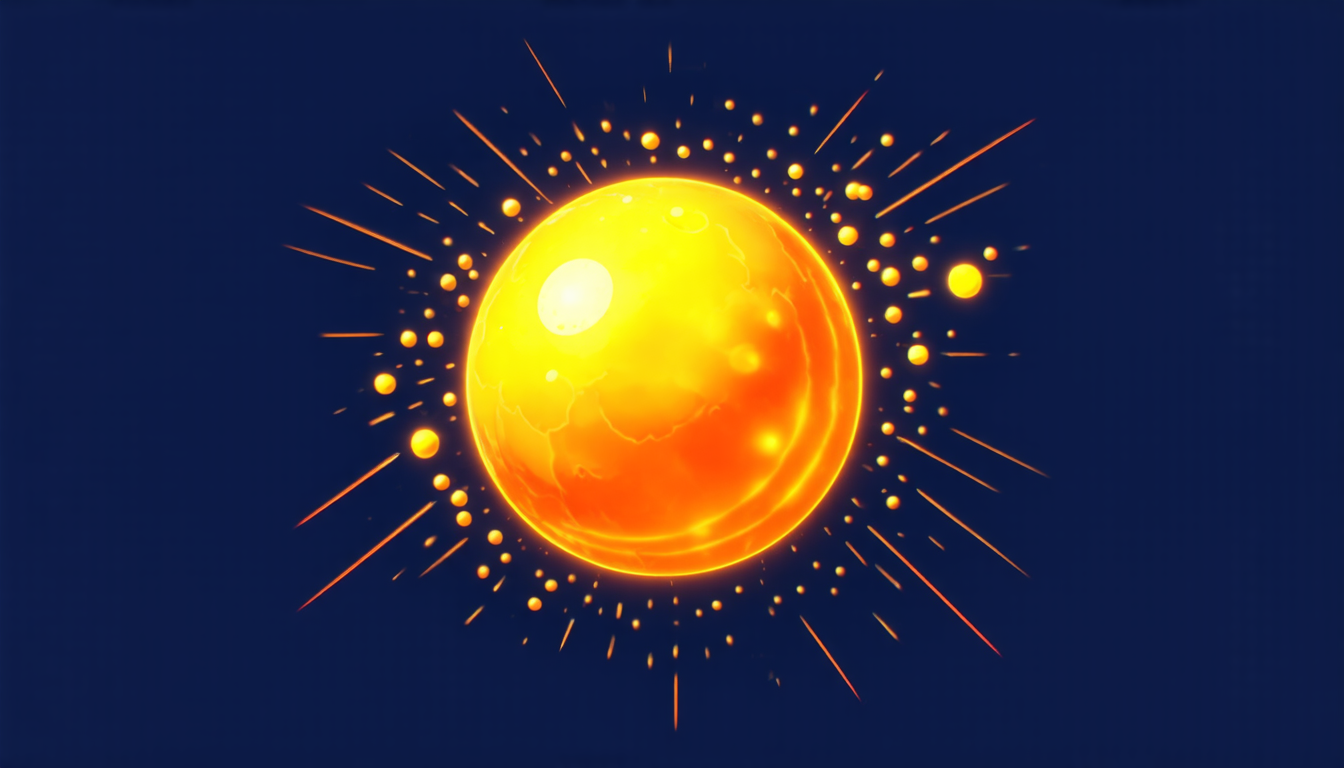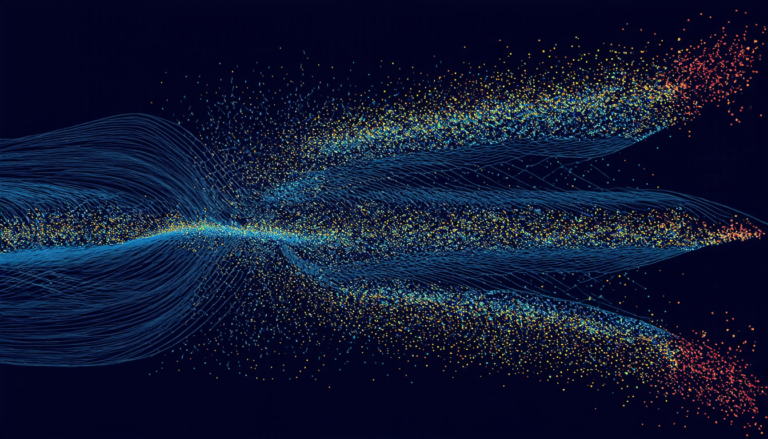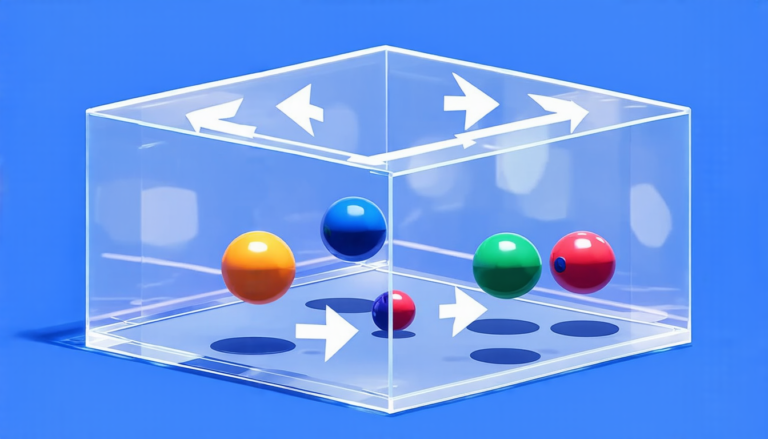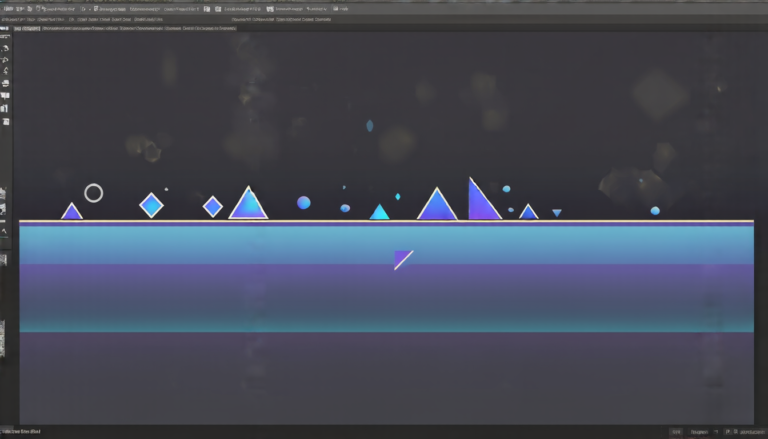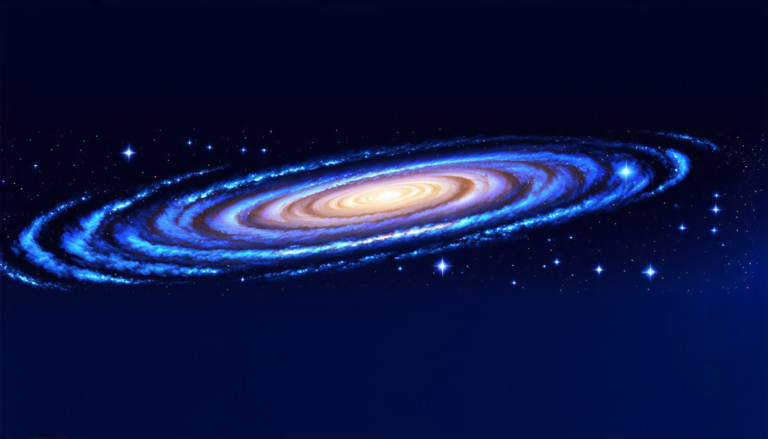Tuesday 08 April 2025
Scientists have made a significant breakthrough in the development of a new method for reducing the radiotoxicity of nuclear waste. By harnessing the power of photonuclear reactions, researchers have found a way to transform long-lived radioactive elements into less hazardous materials.
Nuclear power plants produce a staggering amount of waste, which remains toxic for thousands of years. The current methods for disposing of this waste are often expensive and controversial, leading scientists to search for alternative solutions. One promising approach is the use of photonuclear reactions, where high-energy photons interact with radioactive elements to break them down into less hazardous materials.
The researchers used a unique facility called the Laser Compton Backscattering (LCB) device to create intense beams of photons. These beams were then directed at a sample of spent nuclear fuel, triggering the photonuclear reactions. The team monitored the reaction closely, tracking the transformation of the radioactive elements over time.
The results are nothing short of remarkable. By using this method, the researchers were able to reduce the radiotoxicity of the spent nuclear fuel by several orders of magnitude. This means that the waste would no longer pose a significant threat to human health and the environment.
But how does it work? Photonuclear reactions occur when high-energy photons collide with atomic nuclei, causing them to break apart and release energy. In this case, the photons interacted with radioactive elements such as actinides, which are responsible for the long-lived toxicity of nuclear waste. As the photons struck these elements, they caused them to break down into smaller, less hazardous materials.
This breakthrough has significant implications for the future of nuclear power generation and waste management. By developing this method further, scientists may be able to reduce the amount of waste produced by nuclear reactors, making it easier and safer to store and dispose of it. Additionally, this technology could potentially be used to clean up existing nuclear waste sites, reducing the environmental and health risks associated with these facilities.
The potential applications of photonuclear reactions are vast, and scientists are already exploring ways to scale up this technology for commercial use. While there is still much work to be done, this breakthrough marks a significant step forward in our understanding of how to deal with nuclear waste.
Cite this article: “Photonuclear Treatment of Spent Fuel Radiotoxicity: A Breakthrough in Nuclear Waste Reduction?”, The Science Archive, 2025.
Nuclear Waste, Photonuclear Reactions, Radiotoxicity, Nuclear Power Plants, Spent Fuel, Laser Compton Backscattering, Actinides, Radiation, Waste Management, Sustainability

